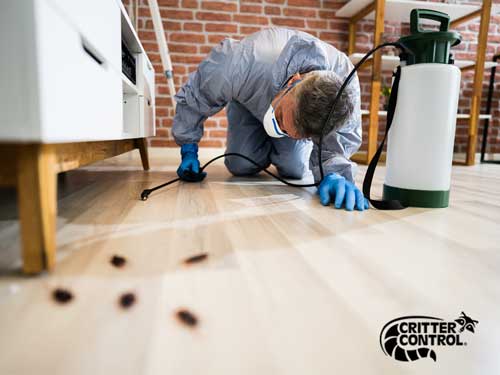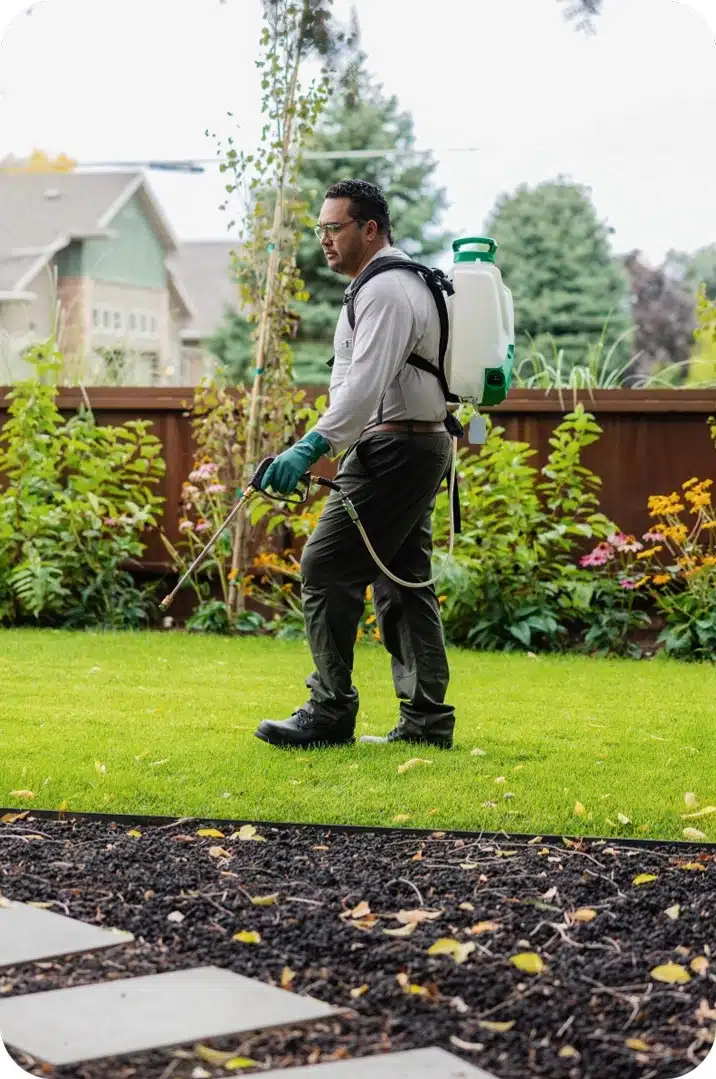Effective A1 Bed Bug Treatment in Charlotte - Safe and Proven Approaches
Effective A1 Bed Bug Treatment in Charlotte - Safe and Proven Approaches
Blog Article
Bed Pest Therapy Breakdown: Comparing Chemical Vs. Non-Chemical Solutions
In the realm of bug control, particularly when managing the consistent problem of bed insects, the selection in between chemical and non-chemical treatment remedies can be a crucial one. Both approaches supply unique advantages and drawbacks, affecting aspects such as effectiveness, safety considerations, and general cost. By checking out the nuanced details of each technique, a more clear understanding of which course to go after in dealing with a bed pest problem can be achieved.
Efficiency of Chemical Therapies
Chemical treatments for bed bug invasions have actually been commonly identified for their quick and powerful efficacy in eradicating these pests. When thinking about the effectiveness of chemical treatments, it is critical to recognize that they can provide a comprehensive and fast option to a bed insect issue. Specialist pest control experts typically count on insecticides to target bed insects at different phases of their life process, consisting of adults, eggs, and nymphs. These chemicals normally function by disrupting the bed pests' anxious system, bring about paralysis and eventual death.
Furthermore, chemical treatments have the benefit of supplying residual impacts, suggesting that they can proceed to get rid of bed pests also after the first application. This residual activity is especially advantageous in combating any kind of potential re-infestations. Additionally, the rapid action of chemical treatments can bring relief to people dealing with extreme bed insect infestations, permitting them to restore control of their living rooms swiftly.
Safety Worry About Chemical Solutions
One critical aspect that requires mindful consideration when utilizing chemical services for bed insect therapy is making sure the safety and security of residents and the setting. Exposure to particular chemicals used in bed bug therapies can lead to breathing concerns, skin inflammation, or various other negative responses, especially in individuals with pre-existing problems or level of sensitivities.
Additionally, the ecological effect of chemical solutions is an additional significant factor to consider. Some pesticides used in bed pest treatments may be harmful to valuable bugs, wild animals, and environments if they seep into the soil or water systems. It is necessary to use chemical treatments deliberately, following security guidelines, and taking into consideration less harmful alternatives to mitigate these dangers and guarantee the secure and reliable management of bed pest invasions.
Benefits of Non-Chemical Methods
Thinking about the prospective safety issues and environmental influence connected with chemical remedies for bed bug therapy, discovering non-chemical approaches presents a promising alternative with a number of distinct benefits. Non-chemical methods use a much safer option for households, especially those with children, pet dogs, or people conscious extreme chemicals. These approaches eliminate the risks of exposure to toxic compounds, reducing the possibility for damaging health and wellness impacts. Additionally, non-chemical treatments are eco-friendly, as they do not add to air or water contamination, making them a sustainable option for insect control.
In addition, non-chemical solutions can be efficient in targeting bed pests, including hard-to-reach locations where chemical treatments may not penetrate - A1 pest control charlotte nc bed bugs. Approaches such as visit the site heat therapy, vacuuming, heavy steam cleaning, and bed mattress coverings offer comprehensive obliteration without the use of hazardous chemicals.
Limitations of Non-Chemical Treatments

Furthermore, non-chemical therapies frequently need numerous applications to achieve successful obliteration. This can be lengthy and might not always assure total elimination of all bed pests and their eggs, especially in hard-to-reach or hidden areas.
Additionally, the success of non-chemical therapies greatly relies on appropriate application and thoroughness, which can be testing for people without specialist competence. Poor application of non-chemical approaches may result in incomplete obliteration, resulting in relentless invasions and the need for added treatments.
For that reason, while non-chemical treatments have their advantages, it is necessary to acknowledge these constraints and consider them when establishing one of the most effective approach for taking care of bed bug invasions.
Cost Comparison: Chemical Vs. Non-Chemical Options
Given the restrictions associated with non-chemical treatments, an essential element to evaluate in the context of bed bug monitoring Our site is the price contrast in between chemical and non-chemical alternatives. In contrast, non-chemical therapies like warm therapy or heavy steam can be much more costly, with prices ranging from $1,000 to $6,000 for a whole home. While the first expense of chemical treatments may appear reduced, several treatments may be required to totally get rid of the problem, potentially increasing the overall expense.
Verdict

Taking into consideration the possible security concerns and ecological effect linked with chemical services for bed pest therapy, exploring non-chemical approaches offers a promising alternative with several distinctive benefits.Given the constraints linked with non-chemical treatments, a vital aspect to examine in the context of bed bug administration is the price comparison in between chemical and non-chemical options. In contrast, non-chemical treatments like warmth therapy or heavy steam can be much more expensive, with costs ranging from $1,000 to $6,000 for a whole home. While the first expense of chemical therapies may appear reduced, several therapies may be needed to completely get rid of the problem, possibly raising the total price.In conclusion, when comparing chemical and non-chemical bed bug treatment options, it is essential to think about effectiveness, security, benefits, limitations, and cost.
Report this page